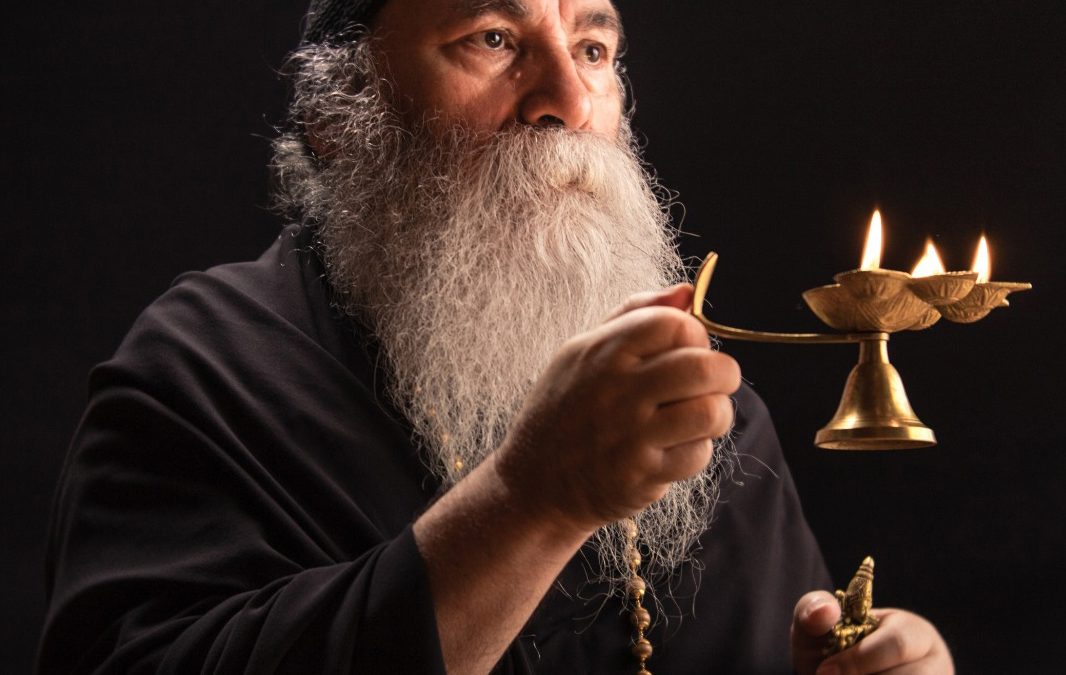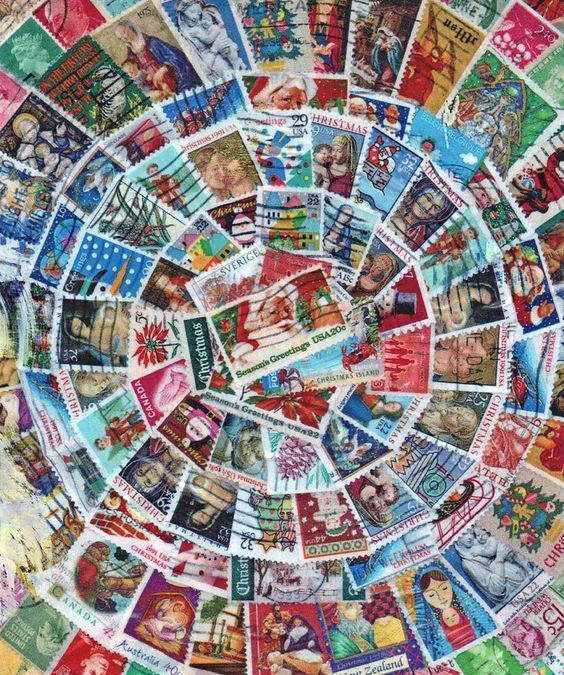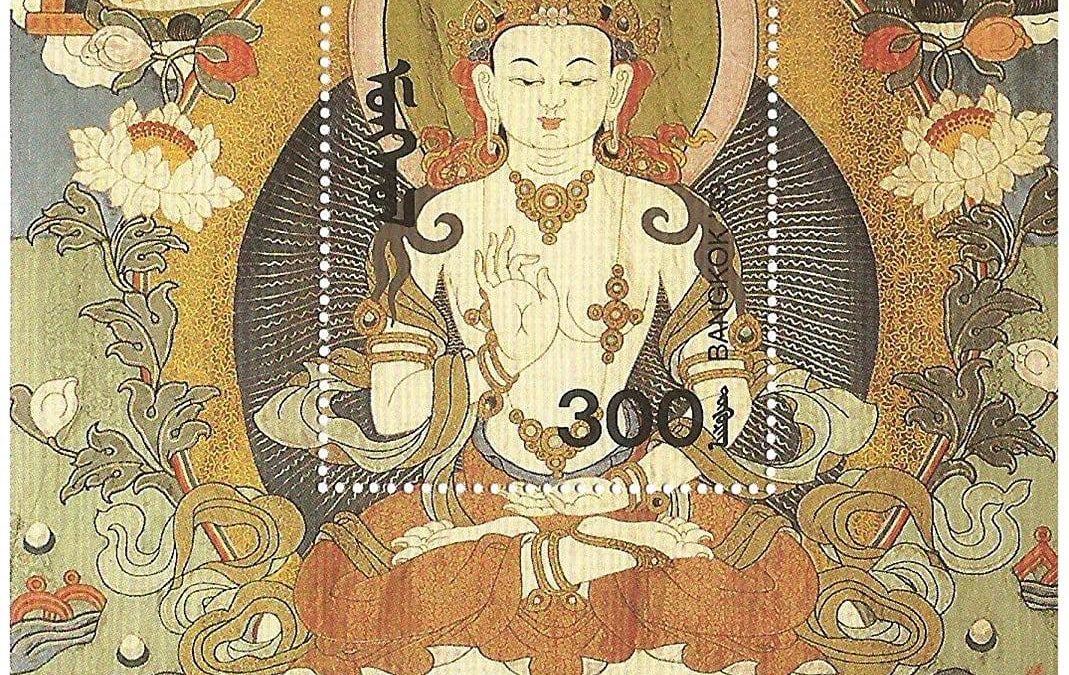
by Ma Muktananda | Jul 31, 2022 | FAQ
Question:
What is the need for a temple like the Śrī Śrī Bhagavān Yeshua Jagat Jananī Miriam Premānanda Mandir in the Avadhutashram?
Answer:
A temple constitutes a place where human beings gather with a selfless spirit and devotional attitude to worship God. It is the proper place for the practice of bhakti-yoga. It is a place capable of elevating us to the recognition of consciousness. Seeing the deities, praying, and leaving a donation are pious acts traditionally done when visiting a temple. A true mandir is not only a religious site, but also a spiritual one. There are many schools, colleges, institutes, universities, and educational institutions. However, temples are not only capable of informing us, but also of transforming us.
by Ma Muktananda | Jul 31, 2022 | FAQ
Question:
If Prabhuji is retired from public life, why do you publish his picture, make a site for him on the internet, and so on?
Answer:
(Written by Swami Ramananda)
Prabhuji is our master and the founder of the mission. The tradition of the Sanātana-dharma religion advises the glorification of the guru by his disciples. As mentioned Śrīla Viśvanātha Cakravartī Ṭhākura:
yasya prasādād bhagavat-prasādo
yasyāprasādān na gatiḥ kuto ’pi
dhyāyan stuvaṁs tasya yaśas tri-sandhyaṁ
vande guroḥ śrī-caraṇāravindam
“By the mercy of the spiritual master one receives the benediction of Kṛṣṇa. Without the grace of the spiritual master, one cannot make any advancement. Therefore, I should always remember and praise the spiritual master. At least three times a day I should offer my respectful obeisances unto the lotus feet of my guru.” (Śrī Śrī Gurvaṣṭaka, 8)
By glorifying our master, we are just following our millennia-old tradition. The Śrīmad-bhāgavatam says:
rahūgaṇaitat tapasā na yāti
na cejyayā nirvapaṇād gṛhād vā
na cchandasā naiva jalāgni-sūryair
vinā mahat-pāda-rajo-’bhiṣekam
“My dear King Rahūgaṇa, unless one has the opportunity to smear his entire body with the dust of the lotus feet of great devotees, one cannot realize the Absolute Truth. One cannot realize the Absolute Truth simply by observing celibacy (brahmacarya), strictly following the rules and regulations of householder life, leaving home as a vānaprastha, accepting sannyāsa, or undergoing severe penances in winter by keeping oneself submerged in water or surrounding oneself in summer by fire and the scorching heat of the sun. There are many other processes to understand the Absolute Truth, but the Absolute Truth is only revealed to one who has attained the mercy of a great devotee.” (Śrīmad-bhāgavatam, 5.12.12)
by Ma Muktananda | Jul 29, 2022 | The path
The Path of Retroprogressive Alignment does not require you to be part of a group or a member of an organization, institution, society, congregation, club, or exclusive community. Living in a temple, monastery, or āśram is not mandatory, because it is not about a change of residence, but of consciousness. It does not urge you to believe, but to doubt. It does not demand you to accept something, but to explore, investigate, examine, inquire, and question everything. It does not suggest being what you should be but being what you really are.
The Path of Retroprogressive Alignment supports freedom of expression but not proselytizing. This route does not promise answers to our questions but induces us to question our answers. It does not promise to be what we are not or to attain what we have not already achieved. It is a retro-evolutionary path of self-discovery that leads from what we think we are to what we really are. It is not the only way, nor the best, the simplest, or the most direct. It is an involutionary process par excellence that shows what is obvious and undeniable but usually goes unnoticed: that which is simple, innocent, and natural. It is a path that begins and ends in you.
The Path of Retroprogressive Alignment is a continuous revelation that expands eternally. It delves into consciousness from an ontological perspective, transcending all religion and spiritual paths. It is the discovery of diversity as a unique and inclusive reality. It is the encounter of consciousness with itself, aware of itself and its own reality. In fact, this path is a simple invitation to dance in the now, to love the present moment, and to celebrate our authenticity. It is an unconditional proposal to stop living as a victim of circumstance and to live as a passionate adventurer. It is a call to return to the place we have never left, without offering us anything we do not already possess or teaching us anything we do not already know. It is a call for an inner revolution and to enter the fire of life that only consumes dreams, illusions, and fantasies but does not touch what we are. It does not help us reach our desired goal, but instead prepares us for the unexpected miracle.
This path was nurtured over a lifetime dedicated to the search for Truth. It is a grateful offering to existence for what I have received. But remember, do not look for me. Look for yourself. It is not me you need, because you are the only one who really matters. This life is just a wonderful parenthesis in eternity to know and love. What you long for lies in you, here and now, as what you really are.
Your unconditional well-wisher,
Prabhuji

by Ma Muktananda | Sep 27, 2021 | Meditative Philately
I have been asked to publish some preparatory techniques of Meditative Philately for those who are not related to either philately or meditation. Before accessing meditation, or dhyāna, it is important to develop concentration or dhāraṇā. Therefore, the place chosen for practice should be quiet. Ideally, a room should be set aside just for philately, which is away from distractions. This simple practice is intended for our beginner friends. Before any practice, it is important to take three slow, deep breaths. Place the chosen stamp in front of you and direct your sight to the stamp with your eyes very relaxed. Do not focus your vision sharply on the stamp, but rather rest your attention on the stamp. Rest your gaze and attention on the stamp, allowing the image to gradually blur. Sitting quietly, let your attention focus on the image and allow its colors and shapes to affect your inner self. Do not resist the thoughts that appear, but allow them to recede and gently return your attention to the stamp. At first, 5 to 10 minutes a day will suffice. At the end, slowly return your attention to the world around you and maintain total silence for 3 minutes.

by Ma Muktananda | Sep 27, 2021 | Meditative Philately
Classical philately focused on the study and classification of the postage stamp, its characteristics, paper, ink, and history. Meditative philately is directed to the study of the observation of the stamp. The stamp is used as the ideal tool to achieve relaxation, concentration, and meditation. In fact, we use the postage stamp as a means of self-knowledge and development at the level of consciousness. The stamp not only tells a story or highlights a situation, but is a window into the collective unconscious. The techniques of meditative philately are of great help in clearing the mind, calming it, and concentrating it, allowing us to access our essence. By distancing ourselves from conflicts and worries, we systematically order the mental chaos. Properly practiced, meditative philately is helpful in reducing stress, anguish, and negativity. Postage stamps reflect nations, cultures, the world, the cosmos. Every day more and more experts in medicine and psychology emphasize the importance of maintaining mental peace and balance. Meditative philately is an activity that contributes to our quality of life.
Below, we offer a preparatory technique for meditation that helps to reintegrate the rays of our attention. This simple method can reduce mental hyperactivity and mitigate our fatigue and stress. The practice is ideal for beginners who are taking their first steps on the path of meditation. It is adaptable to one’s needs as it does not require a set amount of time. By concentrating our attention on the design of the stamp, our mental activity balances itself. This calmness is essential to aspire to a meditative state and allow meditation to occur.
Stamps are not just made for sending letters. In addition to having a practical purpose, their shapes and colors express thoughts and emotions. The postcards are conscious efforts to manifest certain themes and are created to be observed. Each has a meaning and tells a story. Collectors are attracted to different types of stamps according to their character and personality. Some have a preference for certain countries, while others choose certain themes. In this way, each stamp represents a connection to both an objective reality and our inner world.
Before the practice, it is advisable to take a bath. It is also important to prepare a suitable environment.
The space should be clean and tidy. Ventilate the room to allow the energy to renew itself. Try to have good lighting so as not to strain the eyes. During the practice, keep the TV and cell phone turned off. If you wish, you can play a meditative melody that will create a soft musical background.
Posture plays a very important role as it reflects our attitude. Sit with your back straight from the sacrum to the crown of your head. The body is extended, but without tensing any muscles. Feel a sense of elongation without tension. You should not repeat a mantra or perform any kind of action. Next, proceed to place the seal in front of you in a position that does not tense the neck. This will be your object of attention. Close your eyes, breathing slows down as you attentively observe your nostrils for one minute. Notice how the air you inhale is cooler than the air you exhale. Instead of straining, allow the mind to calm itself. When calmness takes over, slowly open your eyes and place your attention on the seal. At first, observe effortlessly by unfocusing your eyes. Then proceed to place your attention on the center of the stamp. Slowly allow the colors and shapes of the stamp to invade your mind and calm your emotions. Through observation, we can access our innermost intimacy. Accept the well-being, tranquility, and mental order that flows to you through this paper window. As mentioned at the beginning, this technique is a preparatory step to meditation.




Recent Comments